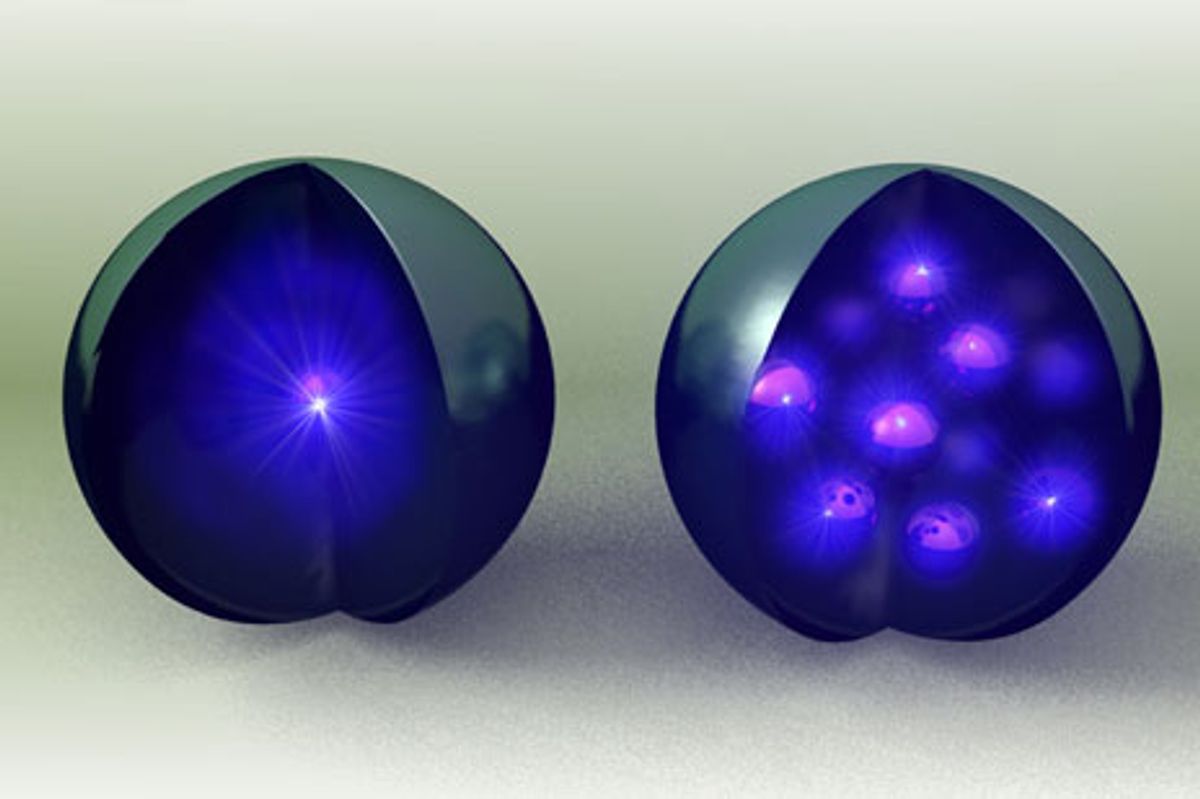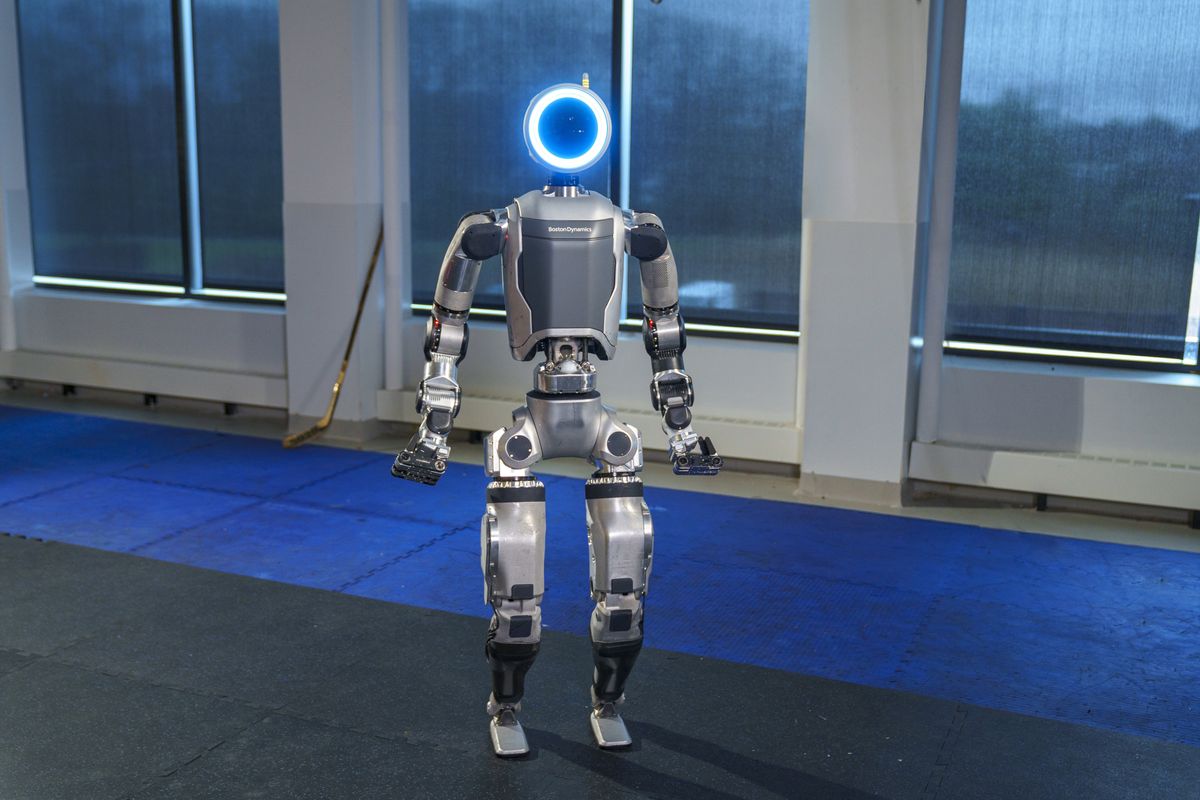While carbon nanotubes have been the darling of the nanoparticle universe, quantum dots have been that mysterious and alluring nanoparticle that seems to keep researchers coming back for more.
We’ve seen them being proposed as the backbone for quantum computers and we have observed them being used to improve LED lighting. One application area that always gets some attention when the topic of quantum dots is discussed is solar power. They get presented as a possible silver bullet for spiking the efficiency of solar cells with the proposed abilities either to enable electron multiplication or to create so-called “hot-carrier” cells. These proposals are not without skeptics. But if the higher efficiency promised by quantum dots should fall short, then we still have the potential for them making solar power cheaper.In the Spectrum article, Eran Rabini, of Tel Aviv University and one of the lead researchers on the project, when commenting on the research’s potential for producing junctions consisting of films made of n-type and p-type nanocrystals suggests, "We might be able to make them cheaper (solar cells, ed.), and maybe at the end of the road they would also be more efficient."
I like when the terms “more efficient” and “cheaper” are brought together when discussing solar cells.
Dexter Johnson
Dexter Johnson is a contributing editor at IEEE Spectrum, with a focus on nanotechnology.
The Conversation (0)




